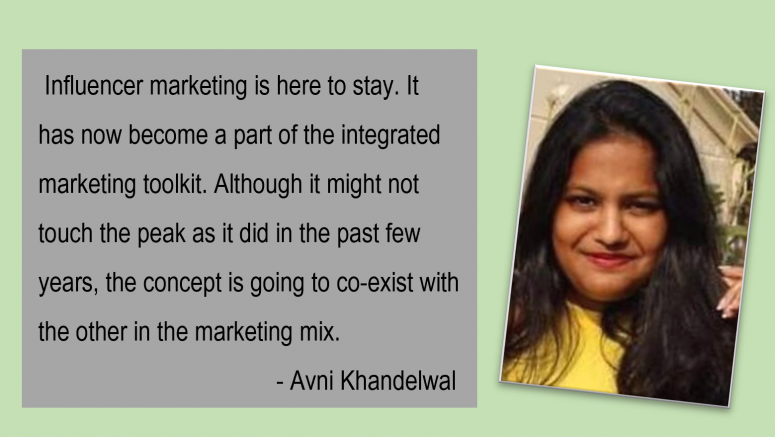Influencer marketing is a mix of traditional and modern marketing tools. The traditional approach of using celebrities to promote your brand is by making them the face of it. A modern marketing tool is social media. Influencer marketing is the strategy to use online influential faces to promote your brand through social media. It is important to know who these faces can be. Not everybody with a huge following can be called an influencer. According to Influencer Marketing Hub, an influencer is a person who has the power to affect the purchasing decisions of others because of his or her authority, knowledge, position, or relationship with his or her audience. Influencers, unlike celebrities, can be anywhere. Influencer Marketing is a brand collaborating with an influencer to promote its brand, product, or service.
What was Influencer Marketing 20 years ago?
Influencer marketing has its roots deeper than you can imagine, this concept is as old as Queen Charlotte in 1765 when a potter whose work she liked labeled his work as “Queensware” since the Queen was one of the most influential figures at the time. Evolving, another attempt at Influencer marketing that can be observed is when Coca-Cola used Santa Claus, a lovable figure to promote a product and its brand in the 1930s, its idea was simple if people loved the person promoting a product, they loved the product too.
Eventually, more relatable and authentic Reality TV personalities led the way for what was to come with social media. By 2010, social media had started making waves. Facebook was the new kid on the block that everyone was captivated by.
What is the status of Influencer Marketing today?
As social media rose to power, more brands and marketers are coming to realise the incredible results that influencer marketing can produce. Social media has also given normal people an opportunity to build their own brands through stimulating content and engagement.
The State of Influencer Marketing Benchmark Report 2022 said that the Industry is set to grow to approximately $16.4 Billion in 2022 and focused platforms raised more than $800M in funding in 2021 alone, an indication of the significant growth of the industry. More than 75% of brand marketers intend to dedicate a budget to influencer marketing in 2022.
Instagram was used by nearly 80% of the brands that engage in influencer marketing and Zara, the most mentioned brand on Instagram has an estimated reach of 2,074,000,000. Instagram influencer fraud has also declined over the last few years, still, 49% of Instagram Influencer accounts were impacted by fraud in 2021.
What next?
Influencer marketing is here to stay. It has now become a part of the integrated marketing toolkit. Although it might not touch the peak as it did in the past few years, the concept is going to co-exist with the other in the marketing mix. We will keep using it to create the 360-degree campaign experience that now also involves social media as a component.
Also, Brands have begun to realise that sometimes less is more. Demand for micro-Influencers might be seen as rising as they work to maintain personal bonds with their target audience and the problem of fake influencers with fake followers is a big headache for brands today. They are also reasonably priced.
The views and opinions published here belong to the author and do not necessarily reflect the views and opinions of the publisher.



Be the first to comment on "Influencer Marketing"